Many were surprised by the 477/2020 (X.30.) government decree published on Friday, which announced that the government would have the roof structures of three major public buildings in Budapest restored. The government also passed decree 1730/2020 (X.30.) which laid out plans for such reconstructions in Budapest and around the country, aiming to restore all unique roof structures and ornaments that were of architectural value or had a major influence on cityscapes but were lost in the destruction of World War II or even torn down during subsequent rebuilding.
As a result, a programme to restore the destroyed historic elements of buildings has been created.
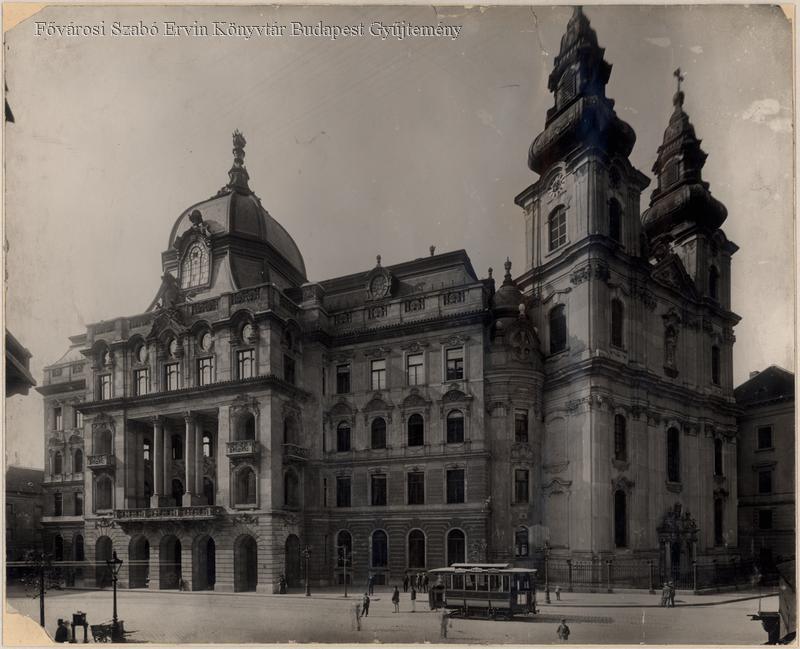
The Torch of Knowledge was housed in the massive dome of Eötvös Loránd University's main building. However, after the war, the building was restored without these elements (Photo: FSZEGK Budapest Collection)
The first step of the project is to create a central register of buildings. Government decree 1730/2020 (X.30.) states that the Minister for the Prime Minister's Office must prepare a proposal for the creation of the database by 31 March 2021 listing the buildings with unique roof structures or ornaments that are to be restored.
The resolution also highlights that the government's intentions are not limited to state-owned buildings, as the proposal must also outline a support programme for the restoration of privately owned buildings.
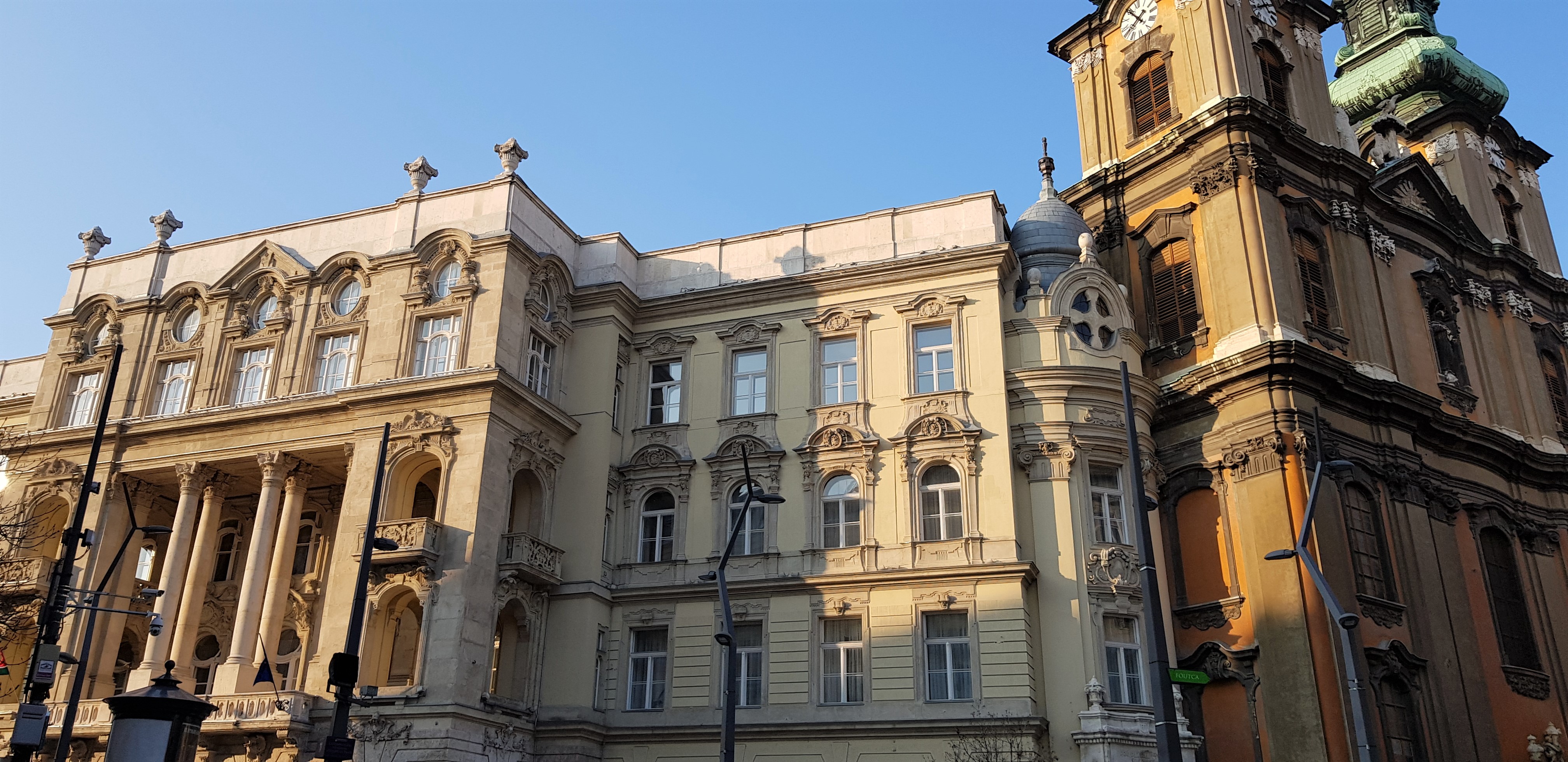
Main building of Eötvös Loránd University on Egyetem Square in 2019 (Photo: pestbuda.hu)
The decree also states that the reconstruction of three buildings in Budapest will serve as a pilot programme for the project. The first of these can be found on Vértanúk Square behind the newly erected Monument to National Martyrs under 4 Vécsey Street, 2 Vértanúk Square and 31 Nádor Street. The second is the main building of Eötvös Lorán University under 1–3 Egyetem Square, and the third is the 4 Gellért Square building owned by the Budapest University of Technology and Economics.
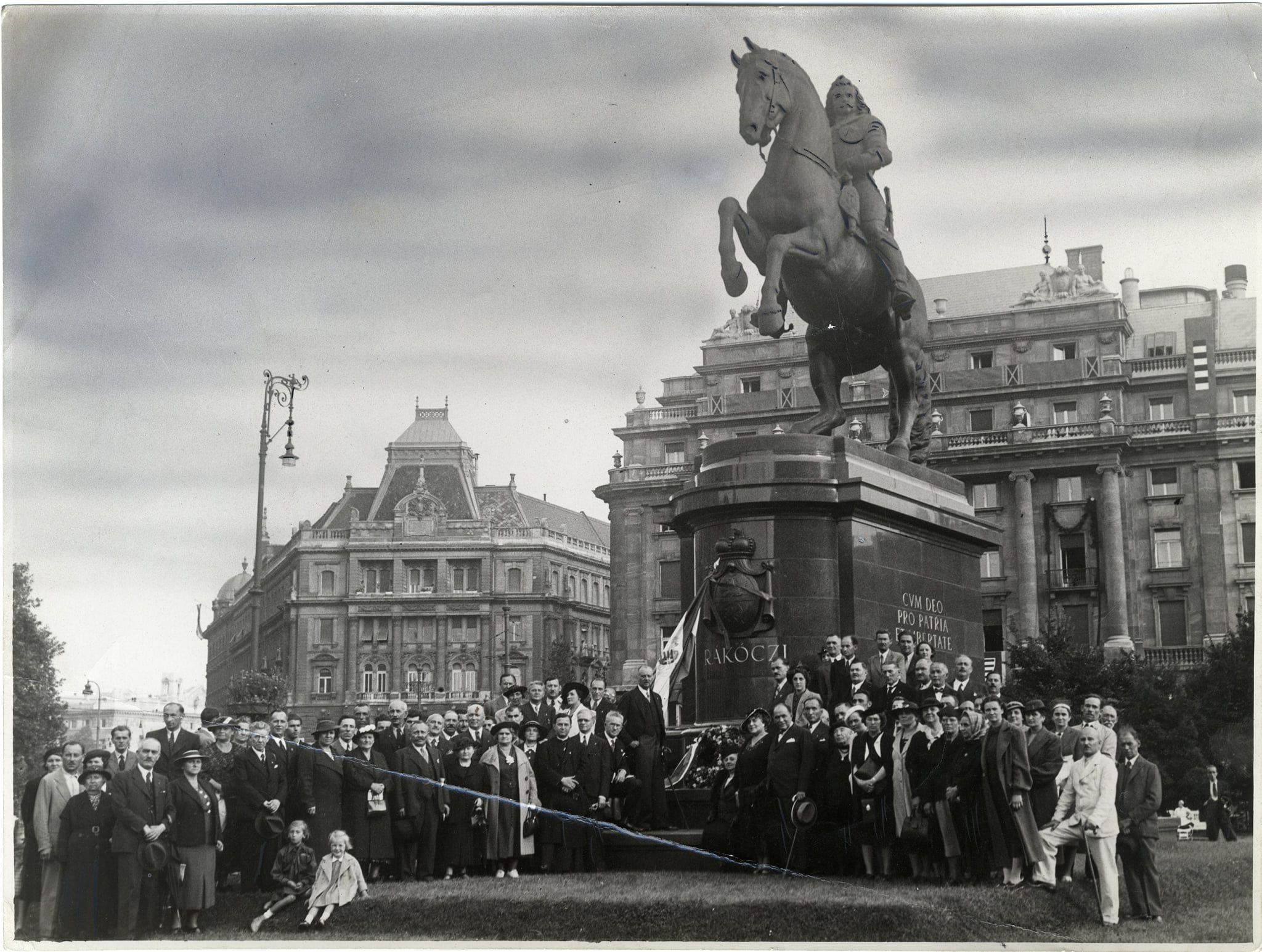
The original roof ornaments of the house under 4 Vértanúr Square visible on the left (Source: sipzrt.hu)
The government has commissioned the Steindl Imre Program Nonprofit Zrt., which also handled renovations tasks in the vicinity of the Houses of Parliament to prepare and implement the pilot programme, and has earmarked 250 million HUF from the 2020 budget to cover preparations. Following this phase, a conditional procurement tender will be announced, following which the government will discuss the implementation of the development project. Estimates the restorations' costs are not yet available.
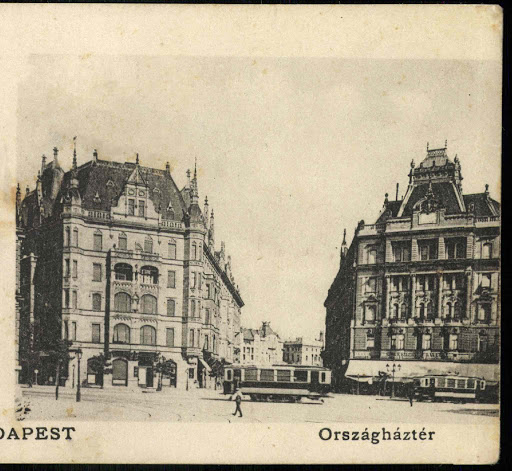
2 Vértanúk Square, 4 Vécsey Street on the right. The roof of the building is to be reconstructed (Source: sipzrt.hu)
The Official Hungarian Gazette published on Friday contained specific measures in connection with the project. Government decree 477/2020. (X.30.) declared the reconstruction of the three buildings issues of special importance and developments of the highest national interest.
The decree states that no cityscape report had to be compiled, nor architectural-technical design tender announced for these projects, and other processes connected to new constructions could be bypassed.
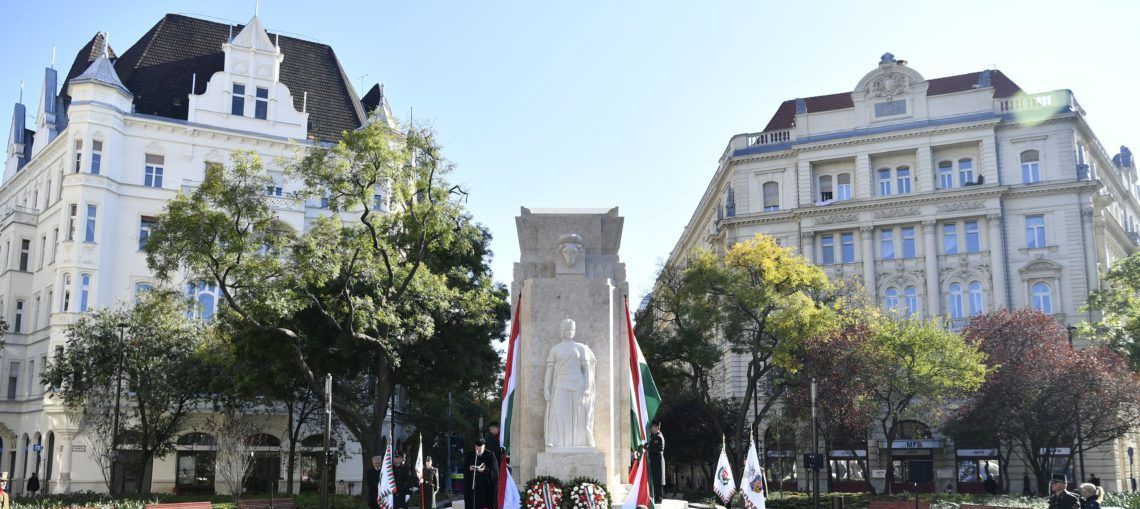
Vértanúk Square today, the building on the right it to be restored (Photo: MTI/Zsolt Szigetváry)
The decree also stipulates that roof structures and decorations must follow the shape and geometry of those lost in the war or to later destruction. As a result, the height of the building, its floor area and the maximum allowed height of the building must conform to the conditions before damage or destruction.
This means that if new local regulations would limit the reconstruction efforts, they can be ignored. The original size of the buildings will be determined based on archived documents.
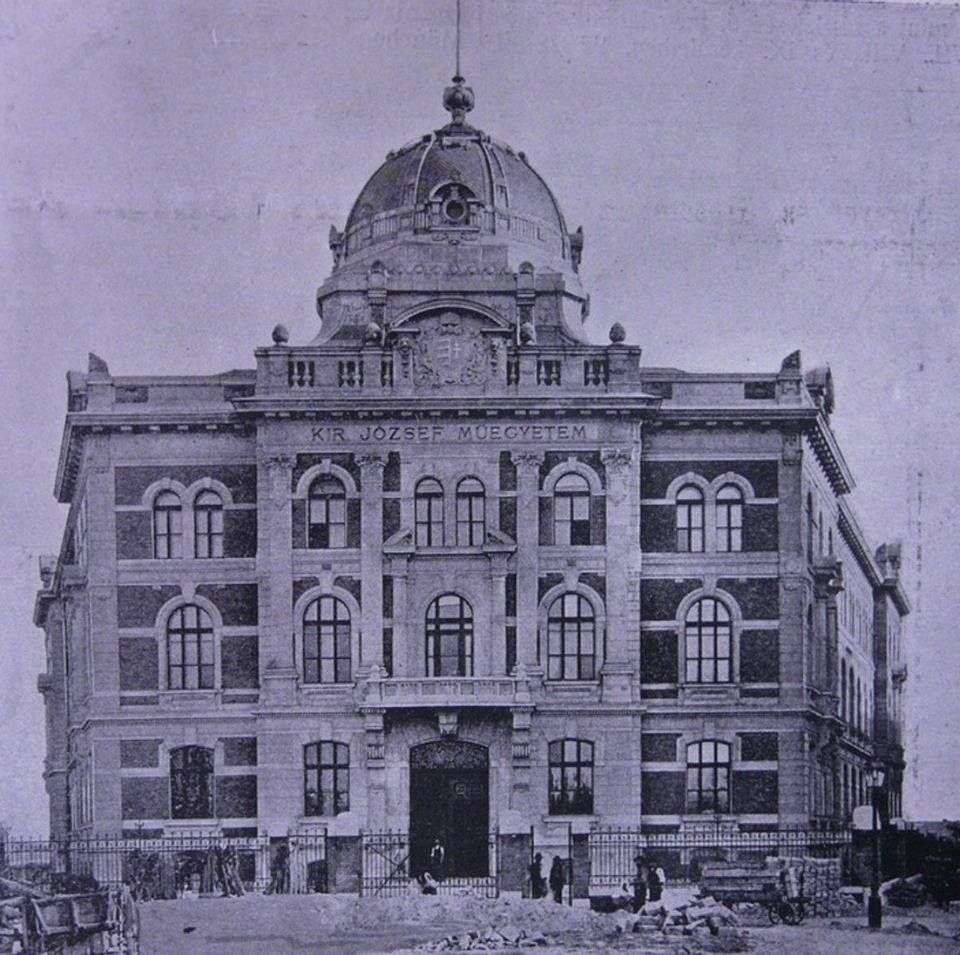
Building used by the Budapest University of Technology and Economics at 4 Gellért Square with the dome that is to be restored
The government has tasked the central architectural and technical commission to prepare all documentation necessary for the project.
The main building of Eötvös Loránd University and the house on Vértanúk square are in the 5th District, while the building on Gellért Square is in the 11th District.
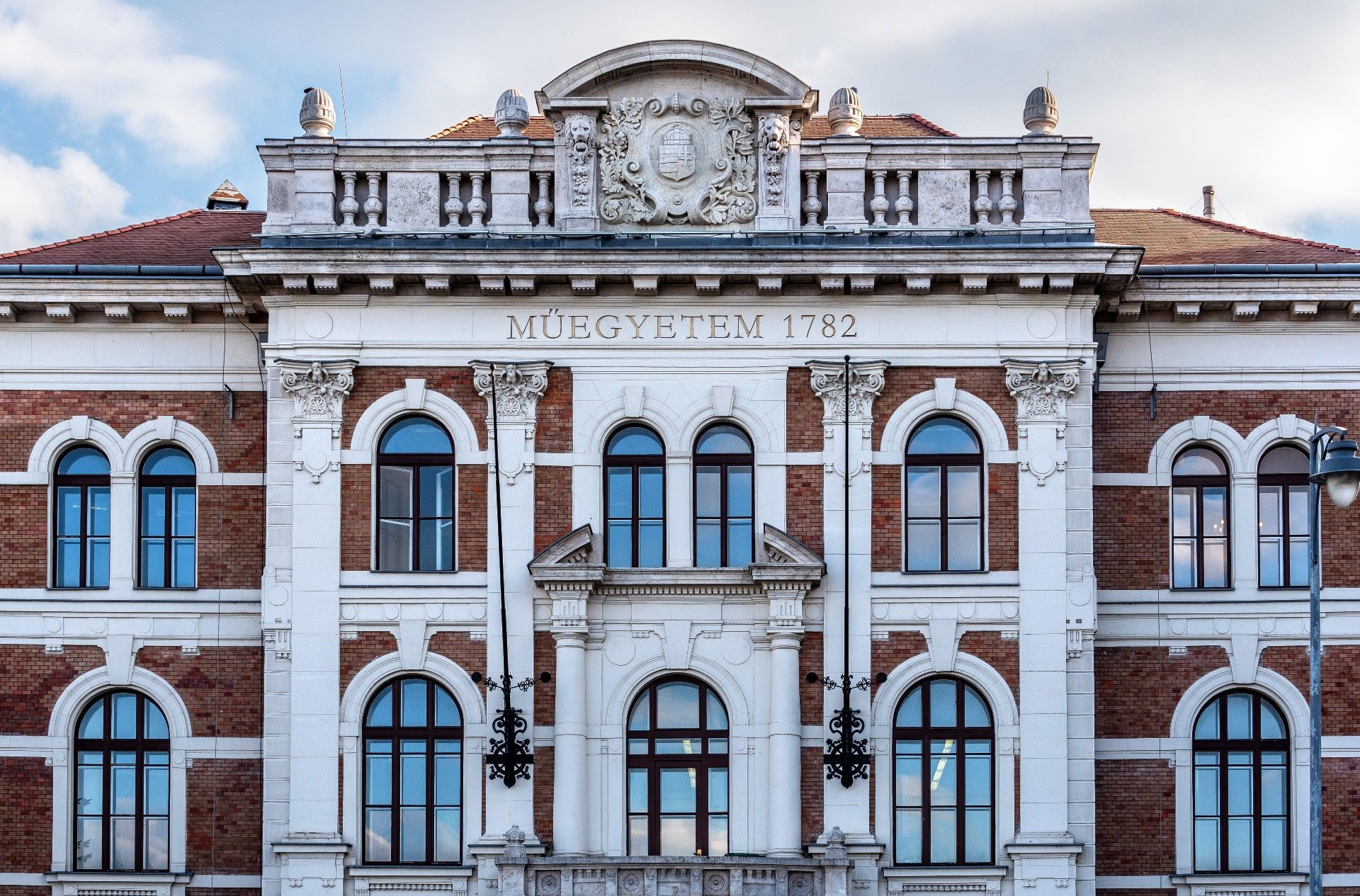
The "CH" building on the Budapest University of Technology and Economics on Gellért Square without its dome (Photo: Balázs Both/pestbuda.hu)
Before the Second World War every major public building in Budapest, and other major cities in Hungary, had a dome or some form of accentuated roof ornament, facades were also intricately decorated. In the age of Historicism, leading sculptors and industrial artists cooperated on construction projects.
In the restoration following the war, a significant portion of these ornaments was demolished, despite being repairable. At the time political efforts were made to simplify decorated buildings around the country, and damaged buildings were rebuilt without their domes, towers and ornaments.
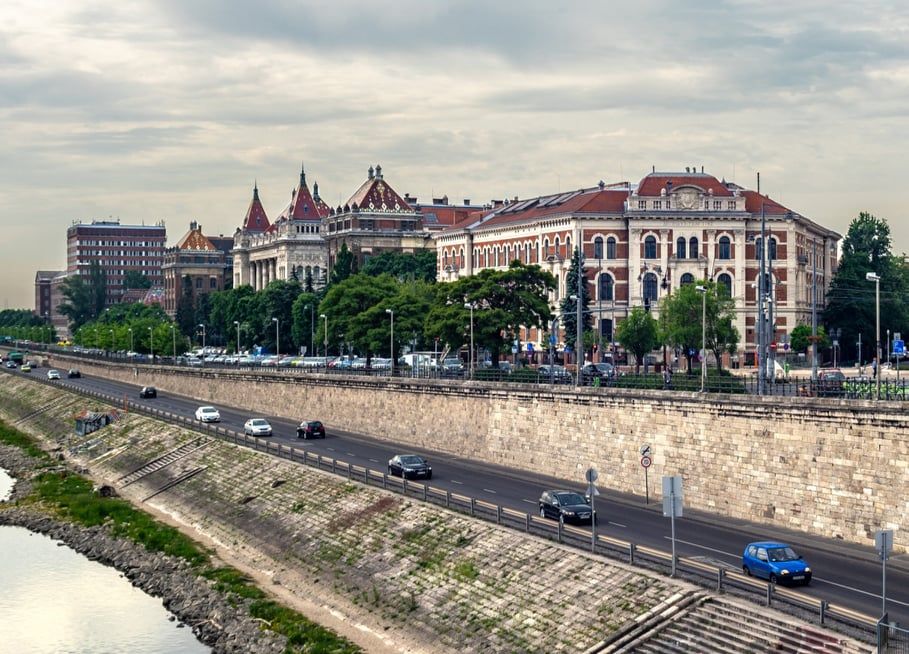
The “CH” building of the Budapest University of Technology and Economics on Gellért Square (Photo: Both Balázs/pestbuda.hu)
A great deal of nostalgia has surrounded these buildings since. Pictures of the beautifully decorated buildings with domes and towers often surface in social media groups dedicated to rare and archive photographs.
Thus, an effort to collect the lost domes and ornaments of Hungary has unofficially been underway for some time, even before the government's efforts.
Cover photo: The main building of Eötvös Loránd University at 1-3 Egyetem Square, photographed with its original dome in 1900 (Photo: FSZEK Budapest Collection)

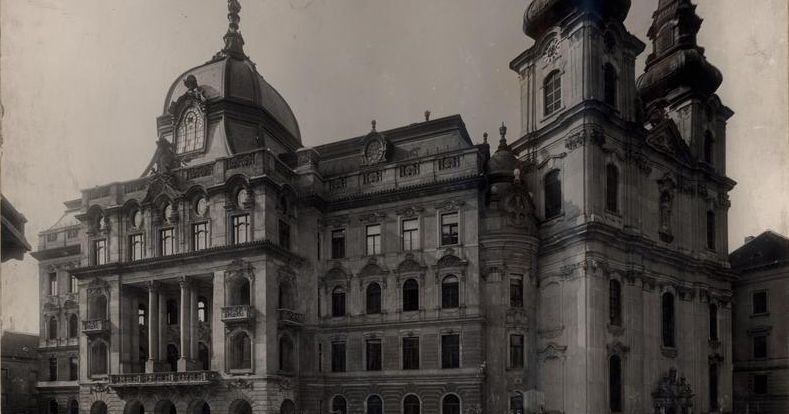



































Hozzászólások
Log in or register to comment!
Login Registration